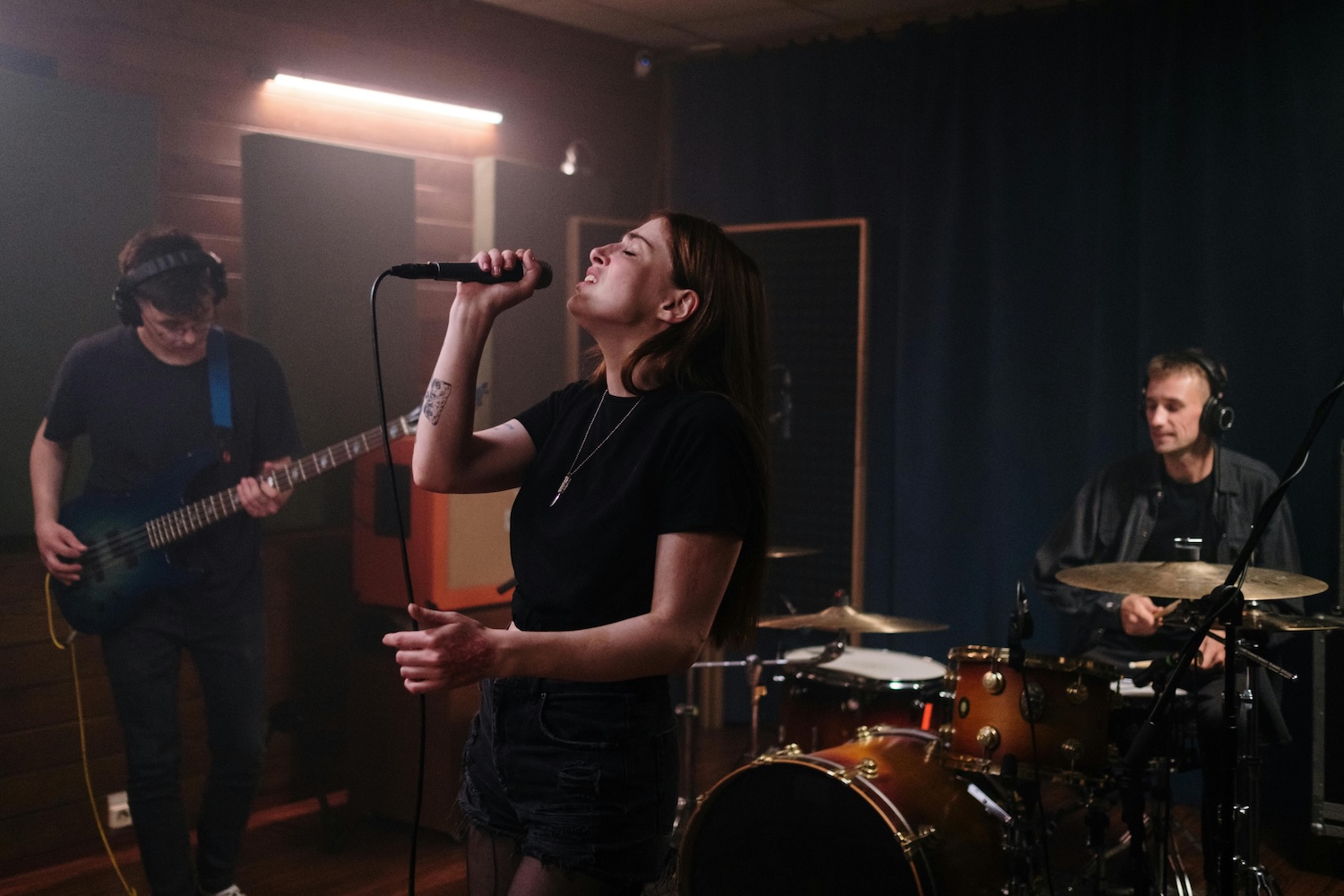Blog
Latest News

Musicians often live lives full of passion – but also unpredictability, stress, and endless coordination. This is exactly why digital tools like Beatnickel can help reduce stress, create structure, and free up more energy for what matters most: the music.

The music industry has long struggled with unequal representation across gender, roles, and genres. Beatnickel was created to break down barriers and give every musician equal access to networks, collaboration, and opportunities – no matter their gender, instrument, or level of experience.

Structure and creativity are not opposites – they fuel each other. With Beatnickel, you can create calm in your daily life, free up mental energy, and focus on what matters most: the music.

From your first jam to your next big gig – Beatnickel brings everything together in one place. Networking, planning, setlists, and shows become easier, so your band can spend less time on logistics and more time on music.

With Beatnickel, it’s easier than ever to find the right musicians or bands to play with. Our smart match feature shows you the profiles that fit your needs – quickly, precisely, and without wasting time.

Being in a band is amazing – but it also requires planning. Every rehearsal, gig, or meeting needs to be scheduled, coordinated, and remembered. And we’ve all been there: confusion about rehearsal dates, overlapping gigs, or someone saying, “I thought it was Thursday?”



